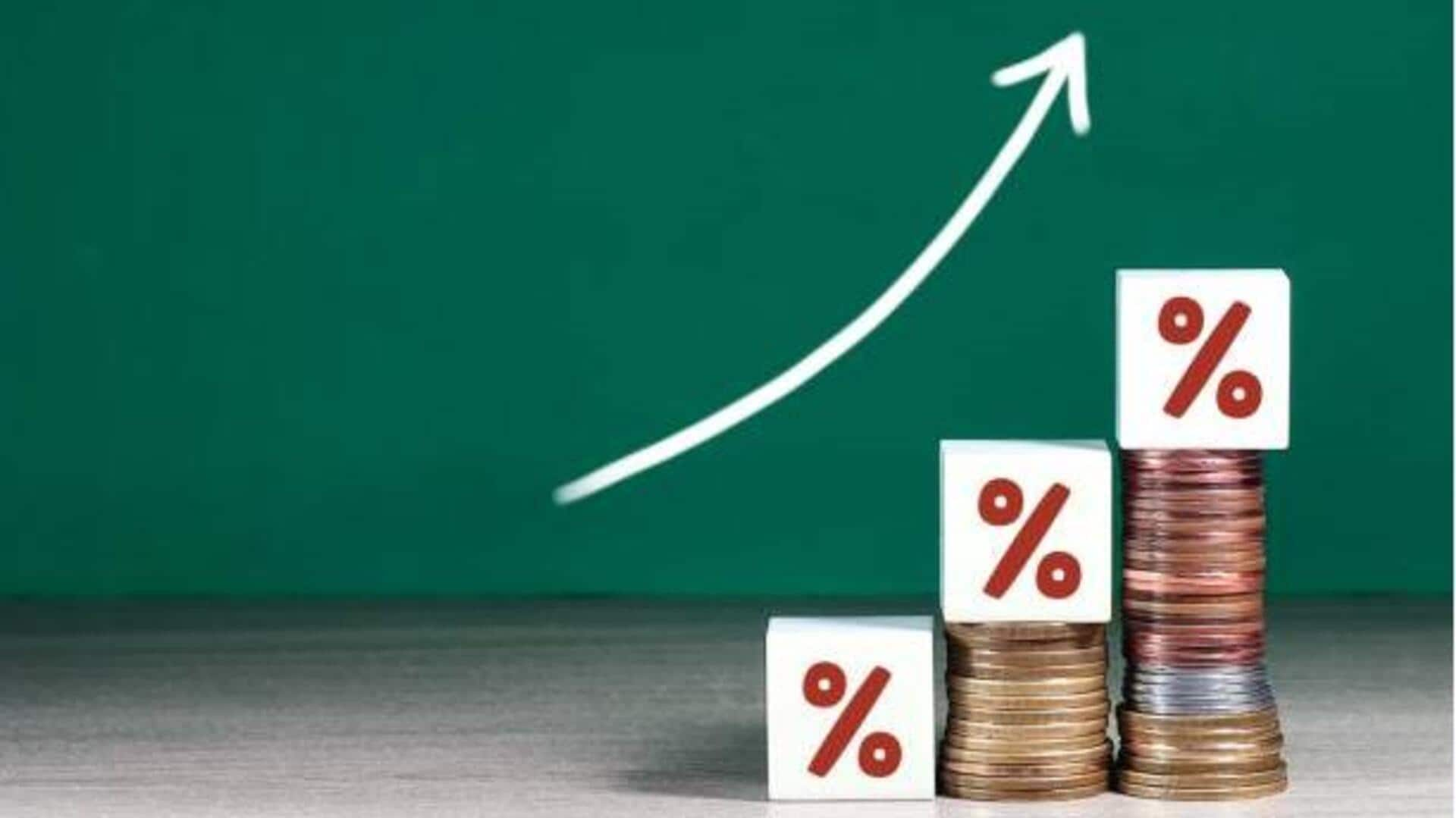
How compound interest helps your money grow over time
What's the story
Compound interest can work wonders for your savings and investments over time. Unlike simple interest, where the interest is calculated only on the principal amount, here, it accumulates on the initial principal and the interest earned in previous periods. This reinvestment of earnings helps your money grow at an accelerated pace, making it a powerful wealth accumulation tool. Here's how compound interest works.
Fundamentals
The basics of compound interest
Compound interest is where you earn interest on the principal amount and also on the interest you have already earned. This makes it a snowball effect, where your investment grows quicker with time. For instance, if you invested ₹1,000 at 5% annual compound interest, after a year you get ₹1,050. In the next year, you earn 5% not just on ₹1,000, but also the extra ₹50 from the first year.
Compounding frequency
Frequency matters
The frequency with which interest is compounded can greatly affect your returns. Common compounding intervals include annually, semi-annually, and quarterly. More frequent compounding results in higher returns because each compounding period adds more to the principal amount that earns future interest. For instance, monthly compounding will yield more than annual compounding at the same nominal rate.
Long-term growth
Time is your ally
The longer you leave your money invested with compound interest working its magic, the greater your potential returns will be. Time allows for more compounding periods to occur and increases overall growth exponentially rather than linearly, as seen with simple interest calculations. Starting early gives investments ample opportunity to benefit from this exponential growth pattern.
Quick estimation tool
The Rule of 72
The Rule of 72 is a simple formula to estimate the time taken for an investment to double (at a fixed annual rate of return compounded annually). By dividing 72 by your expected annual return percentage (say, 6%), you get an approximate number of years required to double (here, around 12 years). This rule offers quick insights into potential outcomes without complicated calculations.